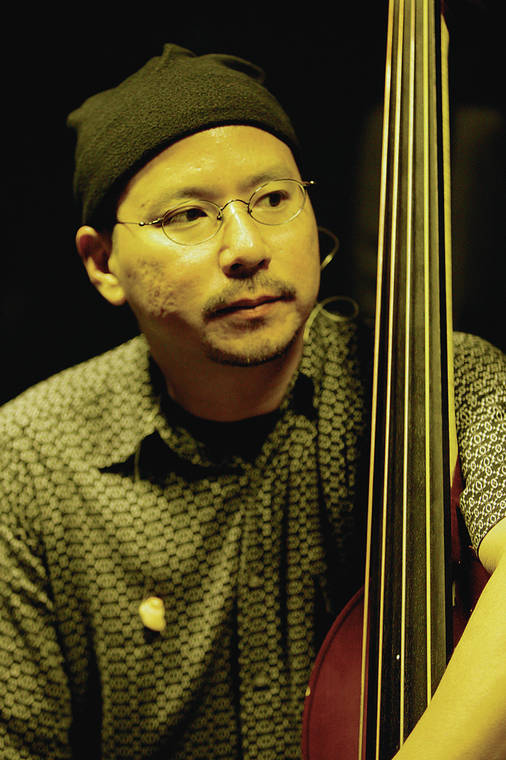

^ "NEA National Heritage Fellowships 2000".^ a b "LDS in Hawaii lose music icon, Aunty Genoa Leilani Keawe".^ "September 2005 Campus News from the University of Hawaii 10-campus System :: Malamalama, the magazine of the University of Hawaii system".^ a b c Lynn Cook (October–November 2007).^ "Entertainer Aunty Genoa Keawe dies - Pacific Business News".Death Īfter years of health complications, Keawe died in the morning of February 25, 2008, at the age of 89. Keawe is a recipient of a 2000 National Heritage Fellowship awarded by the National Endowment for the Arts, which is the United States government's highest honor in the folk and traditional arts. Along with the band, who had often been known as Aunty Genoa's Hawaiians, she helped to perpetuate Hawaiian music.

After a falling out with the company she founded her own record label, Genoa Keawe Records, to record her music and the music of her family and friends. She then went on to record with Hula Records. Her original record label was with the 49th State Hawaii record company. She had been recording music professionally since 1946. Like many old-time Hawaiian singers and musicians, she played her music by ear. She arguably has perhaps the widest repertoire of traditional Hawaiian meles. She learned to speak Hawaiian through her mother-in-law, who spoke Hawaiian as her first language. Keawe had taken great pride in preserving "na mea Hawaiʻi". She had played at luʻaus, lounges, bars, and on numerous radio and television shows. Her long and illustrious musical career had taken her throughout the islands and around the world. She also made money in her early years as a lei seller and as a taxi driver. Like most other musicians, Keawe could not make a living solely on music. Eventually Keawe landed a radio show on KULA singing with John Kameaaloha Almeida. She began performing music professionally prior to World War II at officers' clubs and at bandstand shows in Kailua. Keawe was a lifelong member of the LDS Church.

She and her husband, the late Edward Puniwai Keawe-Aiko, whom she married in 1935, had twelve children. It was in choir that she built up her repertoire, knowledge and appreciation of music. In Laʻie she received her early musical training as a member of a local Church of Jesus Christ of Latter-day Saints (LDS Church) choir.

Keawe always loved to sing ever since she was a little girl. This move to Laʻie would help facilitate the phenomenal music career that would highlight her life. By the time she was about 10 years old, her family had moved to Laʻie. Before she was ten years old she'd already lived on Kauaʻi for several years and had moved back to Kakaʻako. In her childhood her family moved about several occasions. She was born in 1918 in Kakaʻako in a stable. Genoa Leilani Adolpho's early years were full of moving about.


 0 kommentar(er)
0 kommentar(er)
